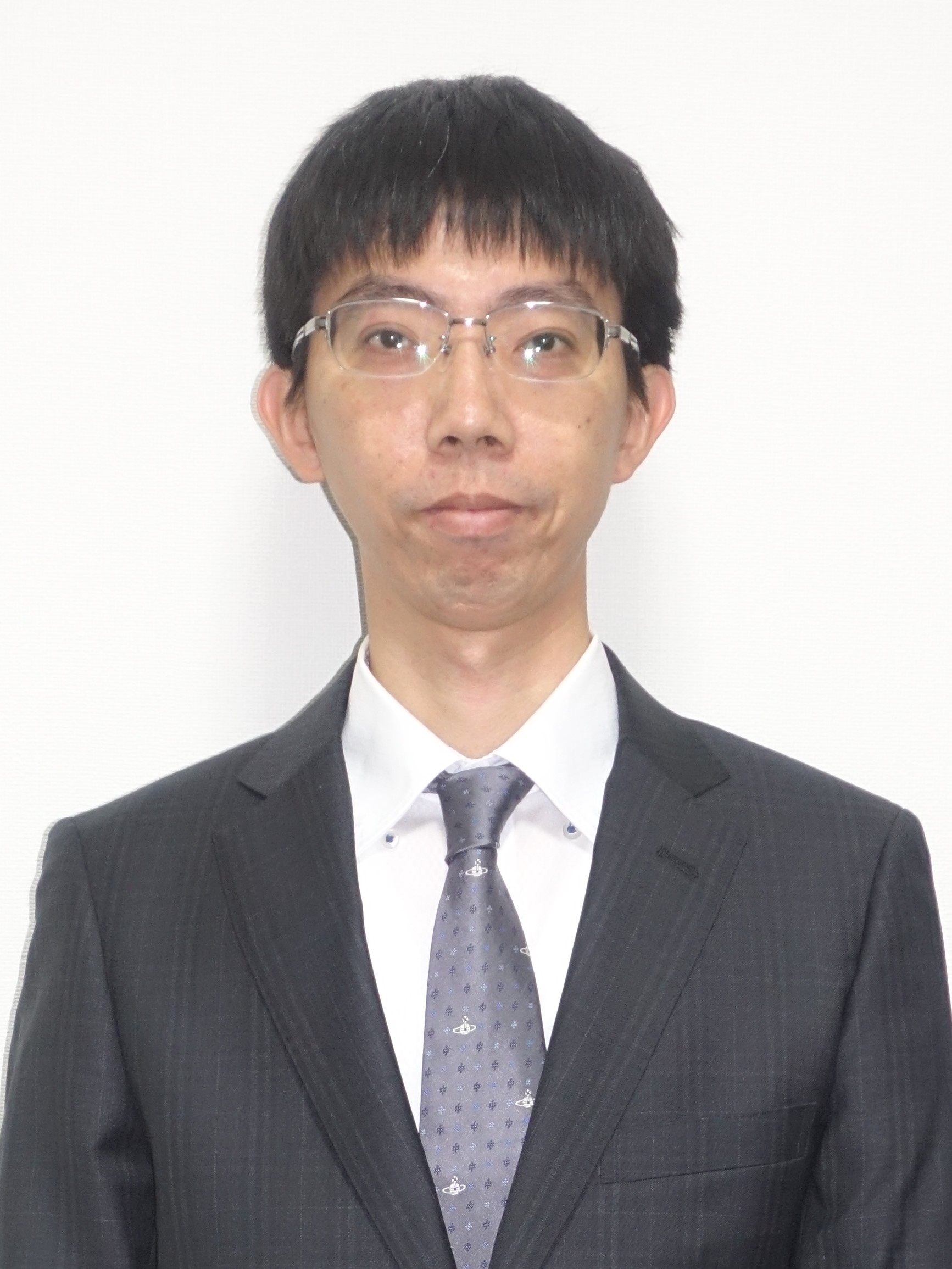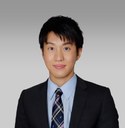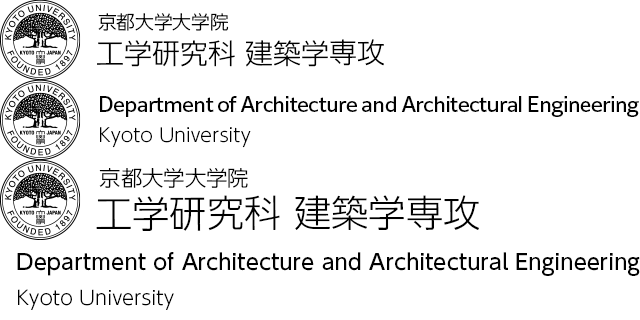Structural Engineering of Buildings
To support a sustainable society, there is a high demand for developing comprehensive techniques to meet safety and performance requirements of buildings adequately while keeping the cost and material use minimum.
For this purpose, our research aims (1) to better understand the process of building collapse and its fundamental characteristics and (2) to develop design procedures to attain structural performance requirements in a more sound and reasonable way.
Special efforts are being made to establish new and innovative structural design methods, based on mechanics, computational engineering, and structural optimization, for building structures, long-span spatial structures, membrane structures, tensegrity structures, deployable structures, and structural parts such as passive control devices.
Towards Better Structural Performance and
Evaluation (ZHANG Laboratory)
For evaluation and improvement of structural performance subjected to severe environmental conditions, such as earthquakes and high winds, we are conducting the following researches:
1. Vibration-based and vision-based structural performance evaluation
2. Analysis and control of wind-induced vibration of slender structures
3. Stability and form-finding of tension structures
Academic Staff
Makoto OHSAKI
 Professor (Graduate School of Engineering)
Professor (Graduate School of Engineering)
Research Topics
Based on computational mechanics and structural optimization, the following studies are carried out to improve structural performance and develop an efficient structural design method:
- design methods of spatial and tensile structures based on computational mechanics and structural optimization
- computational experiment system for investigation of collapse behavior of buildings and for development of passive control devices
Contacts
Room 305, Bldg. C2, Katsura Campus
TEL: +81-75-383-2923
FAX: +81-75-383-2923
E-mail: ohsaki![]() archi.kyoto-u.ac.jp
archi.kyoto-u.ac.jp
http://www.se-lab.archi.kyoto-u.ac.jp/ohsaki/index-e.html
Jingyao ZHANG

Associate Professor (Graduate School of Engineering)
Research Topics
1. Vibration-based and vision-based structural performance evaluation
2. Analysis and control of wind-induced vibration of slender structures
3. Stability and form-finding of tension structures
Contacts
Room 306, Bldg. C2, Katsura Campus
TEL: +81-75-383-2924
FAX: +81-75-383-2924
E-mail: zhang![]() archi.kyoto-u.ac.jp
archi.kyoto-u.ac.jp
Kazuki HAYASHI
Junior Associate Professor (Graduate School of Engineering)
Research Topics
In order to establish a process that enables designers and computers to collaborate in the design of architectural structures more efficiently, the following studies are carried out:
- Development of mathematical models that can represent the complex properties of architectural structures
- Optimal design of architectural structures with the aid of machine learning
Contacts
Room 314, Bldg. C2, Katsura Campus
TEL: +81-75-383-2925
FAX: +81-75-383-2966
E-mail: hayashi.kazuki![]() archi.kyoto-u.ac.jp
archi.kyoto-u.ac.jp
Research Topics
1. Design methods of spatial and tensile structures based on computational mechanics and structural optimization
- Theory of mechanics and structural optimization for designing optimal structures in view of structural performances as well as cost, aesthetics, and constructability.
- Computational design method, based on mechanics and optimization approach, for tension structures, such as membrane structures, deployable structures, and free-form shells.
- Optimization of shape and locations of devices for reducing seismic responses.


2. Computational experiment system for investigation of collapse behavior of buildings and for development of passive control devices
- Sophisticated finite element analysis for investigating collapse behavior of building structures.
- Simulation of global and local responses of structures with new devices under seismic motion.
- Computational experiment system for developing new passive control devices.





3. Vibration-based Evaluation
- Vibration-based structural performance evaluation
- Vision-based emergent structural performance evaluation

4. Wind-induced Vibration
- Wind-induced vibration of long-span structures with openings
- Tuned liquid dampers for mitigation of long-time vibration of high-rise buildings

5. Tensegrity Structures
- Stability condition and form-finding of tensegrity structures
- Foldability conditions for rigid origami

